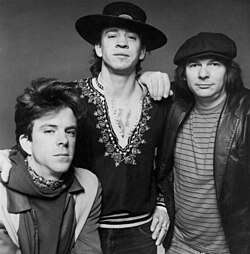
“Crossfire” marked Stevie Ray Vaughan’s powerful comeback—blending modern blues with personal redemption in one of his most defining and successful songs.
Released in 1989, “Crossfire” marked a critical moment in the career of Stevie Ray Vaughan and his band, Double Trouble. As the lead single from the Grammy-winning album In Step, the track reflected not only Vaughan’s artistic evolution but also his personal recovery after years of substance abuse. It was a turning point—both musically and personally—for a guitarist widely considered one of the greatest of his generation.
"Crossfire" was co-written by Stevie Ray Vaughan, the members of Double Trouble—Tommy Shannon, Chris Layton, and Reese Wynans—along with songwriters Bill Carter and Ruth Ellsworth.
Unlike many of Vaughan’s earlier works rooted in traditional blues themes, “Crossfire” delivered a more contemporary message. With lines such as “Day by day, night after night, blinded by the neon light,” the song captured the pressure and disorientation of urban life. It spoke to economic struggle and social instability—making it one of Vaughan’s most thematically modern songs.
Musically, “Crossfire” combined tight, disciplined instrumentation with Vaughan’s signature guitar tone. The bassline drives the song forward while the rhythm section and keyboards create a gritty, urgent atmosphere. Vaughan’s playing is controlled but still electrifying, showing a musician focused more on cohesion than flash. The song quickly climbed the Billboard Mainstream Rock chart, reaching No. 1 and becoming one of the group’s most commercially successful singles.
Stevie Ray Vaughan was born in Dallas, Texas, in 1954. Influenced early on by his older brother Jimmie Vaughan, Stevie developed a style deeply rooted in blues but infused with rock, jazz, and soul. His rise to prominence began with the release of Texas Flood in 1983, which introduced his high-energy sound to a wider audience. Over the next few years, albums like Couldn't Stand the Weather and Soul to Soul solidified his reputation as a leading force in the blues revival of the 1980s.
However, Vaughan’s success came at a cost. Years of relentless touring, combined with heavy drug and alcohol use, began to take a toll. In 1986, he collapsed while on tour in Europe and was hospitalized. This health crisis led to a period of rehabilitation, during which Vaughan became sober and recommitted himself to his music.
His return to the studio resulted in In Step, an album that reflected his renewed clarity and creative purpose. “Crossfire,” one of the first tracks recorded for the album, showcased a band that was tighter and more focused than ever. Critics praised the record as a return to form, while Vaughan himself spoke openly about the role sobriety played in his creative resurgence.
Just over a year after the release of In Step, Vaughan’s life was cut short. On August 27, 1990, he died in a helicopter crash following a concert at Alpine Valley Music Theatre in Wisconsin. He had just performed an encore alongside Eric Clapton, Buddy Guy, Robert Cray, and his brother Jimmie—a historic moment that would prove to be his last. Vaughan was 35.
His death was a profound loss to the music world. He had overcome personal demons, reached a new artistic peak, and seemed poised for a long and influential second act. “Crossfire,” with its themes of survival and resilience, took on new significance after his passing.
Today, “Crossfire” remains one of Stevie Ray Vaughan’s defining works. It stands as a symbol of his growth as a musician and a man—a blues artist who didn’t just preserve tradition but brought it forward. With its polished sound, modern message, and emotional weight, the song continues to resonate. It is both a testament to Vaughan’s extraordinary talent and a reminder of the battles he fought to reclaim his life.
Sources:
- Billboard Magazine
- Epic Records
- Rolling Stone
- AllMusic.com
- Guitar World
Image: public domain. Photograph by Don Hunstein. Published by Epic Records.



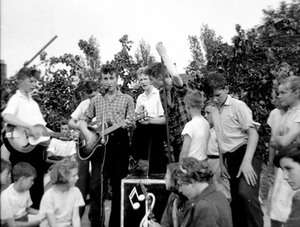 How a Cold, a Coffee Club, and a Quarrel Helped Shape Rock ’n’ Roll History
How a Cold, a Coffee Club, and a Quarrel Helped Shape Rock ’n’ Roll History
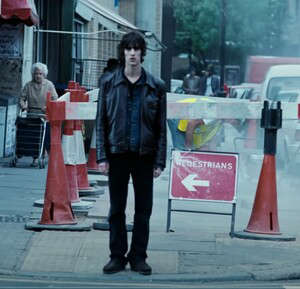 Bitter Sweet Symphony: The Song That Took 20 Years to Pay Its Writer
Bitter Sweet Symphony: The Song That Took 20 Years to Pay Its Writer
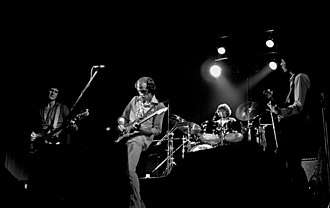 “Sultans of Swing” Still Reigns as a Masterclass in Storytelling and Guitar Work
“Sultans of Swing” Still Reigns as a Masterclass in Storytelling and Guitar Work
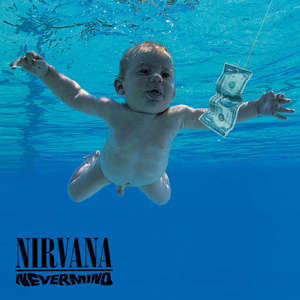 Court Dismisses Renewed Lawsuit Over Nirvana’s Iconic Nevermind Album Cover
Court Dismisses Renewed Lawsuit Over Nirvana’s Iconic Nevermind Album Cover
 New Music Monday - Tracks Span Country, Indie, Blues, and Beyond
New Music Monday - Tracks Span Country, Indie, Blues, and Beyond





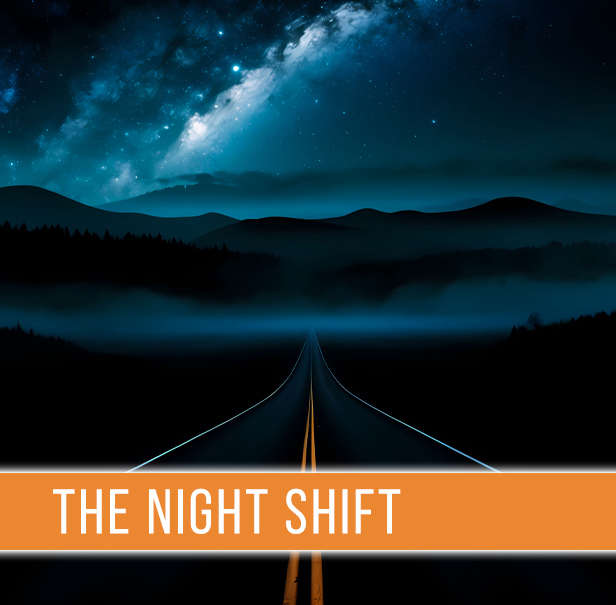

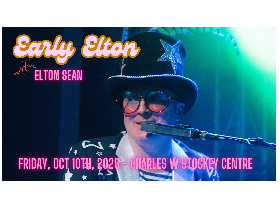
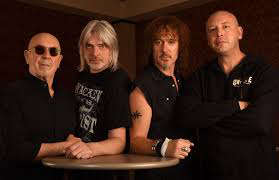

Comments
Add a comment